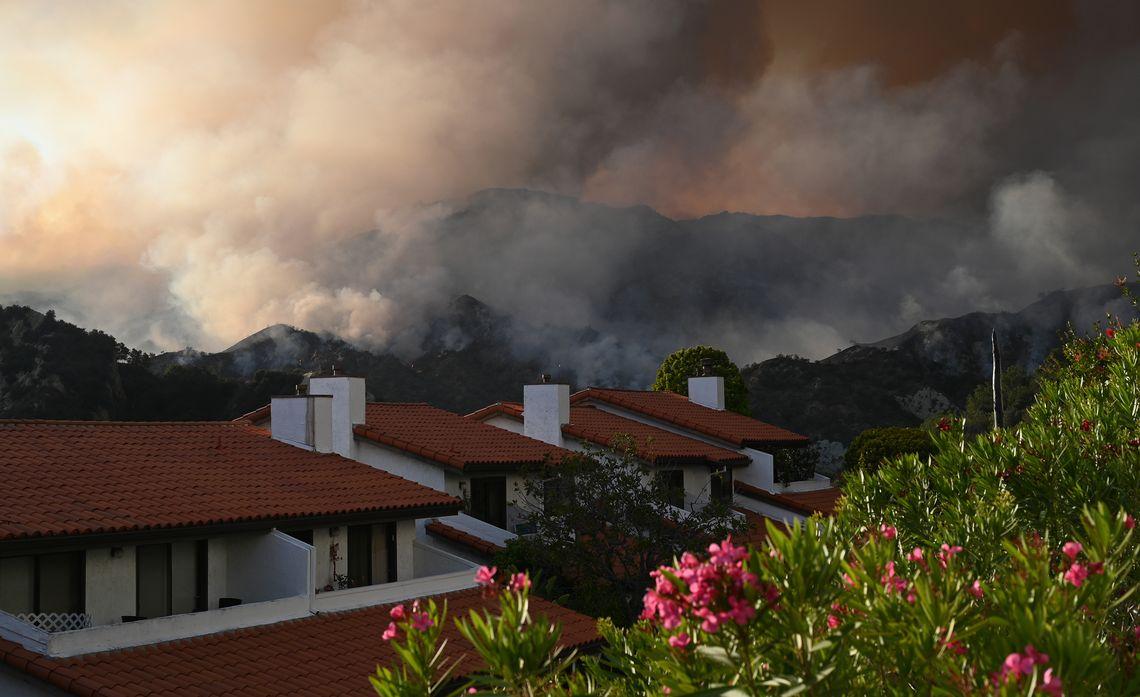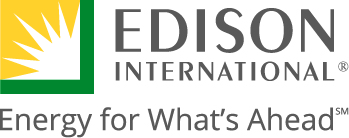California Resilience Challenge Spurs Community Action on Climate Threats
The Edison International-sponsored initiative offers grant funding to groups dedicated to bringing climate change solutions to underserved populations.

Originally published on Energized by Edison
By Ben Gallagher, Energized by Edison Writer
While no singular approach can mitigate the effects of climate change, the California Resilience Challenge demonstrates that when it comes to protecting communities from climate change consequences, collaboration is king.
An initiative of the Bay Area Council, the California Resilience Challenge is in its second year providing grant funding for projects that help underserved communities be more resilient to climate change impacts, including fire, drought, extreme heat and floods.
“The California Resilience Challenge is a great example of what we can accomplish when we pull together resources from within our communities,” said Andrew Baldonado, Southern California Edison vice president of State Public Affairs and a California Resilience Challenge steering committee member. “We’re proud to sponsor this initiative because it enables amazing projects in very diverse communities.”
For example, the Santa Barbara Regional Climate Collaborative will use Resilience Challenge funding to crowdsource the planning of two “resilience hubs” for underserved communities in the region. With redundant power, heating and cooling systems, water and other critical resources, the hubs will ensure that those populations most affected by climate-driven events have what they need during an emergency.
“The resilience hubs have to meet the needs of a variety of audiences,” said Alelia Parenteau, chair of the Santa Barbara collaborative and the city’s acting sustainability and resilience director. “That’s why planning in a collaborative setting is so crucial to the successful completion of a scalable model.”
This planning phase will help select the right locations for the resilience hubs and determine what resources are most integral for the community’s needs. “We’re planning for an event that is undefined,” Parenteau said. “Our goal through this planning process is to identify the needs of our community while also creating a blueprint that can be followed in other regions so that this process can be scaled efficiently.”
The Santa Barbara collaborative plans to produce an online toolkit including information on how it conducted outreach and community engagement, determined what resources were needed and the lessons it learned during the planning phase. It’s intended to be a guide for other groups looking to develop the same type of plan for their own region.
One key takeaway is sure to be that the power of the organization lies in its cross-functional membership. With representatives from a consortium of government and tribal agencies, nonprofits and business associations, the collaborative can leverage expertise from throughout the region.
After the planning phase is complete, construction is expected to begin next year. With more opportunities planned to engage the public, Parenteau is confident that the collaborative will have ample collective community knowledge to ensure a robust program that meets the many needs of the region’s diverse population.
“We’re trying to figure out not only what the community needs to survive but thrive,” she said.
The California Resilience Challenge is one example of how SCE works with communities to better plan for climate adaptation throughout its service area. In May, SCE plans to submit to the California Public Utilities Commission a Climate Adaptation Vulnerability Assessment, which will identify assets, operations and services that may be at risk due to climate change and show how the utility plans to address those risks. That filing will include input from some of the communities it serves.
Additional Grant Recipients
Several other agencies within SCE’s service area were awarded grant funding for climate resilience projects. They included:
- The Asian Pacific Environmental Network’s- grant funding will be used to develop a statewide climate vulnerability map to advance climate resiliency among Asian immigrants and refugees while also planning to build a climate resilience hub.
- The California-Hawaii chapter of the National Association for the Advancement of Colored People- will use grant funding to conduct the first Climate Change Adaptation and Mitigation Community Needs Assessment focusing on California’s Black community.
- The U.S. Green Building Council-Los Angeles- will apply its grant award to help create a new resilience hub to support immigrant populations in Boyle Heights, which has long served as a port of entry for immigrants in Los Angeles.
- The Fernandeño Tataviam Band of Mission Indians’- grant award will help tribal citizens, neighboring tribes and the community identify projects that will enable tribal communities to thrive under changing climate conditions.
- The Forestry and Fire Recruitment Program- will deploy grant funds to help strengthen wildfire resilience in the Los Angeles area by recruiting, training and placing formerly incarcerated fire camp residents into wildfire fighting and prevention careers.

